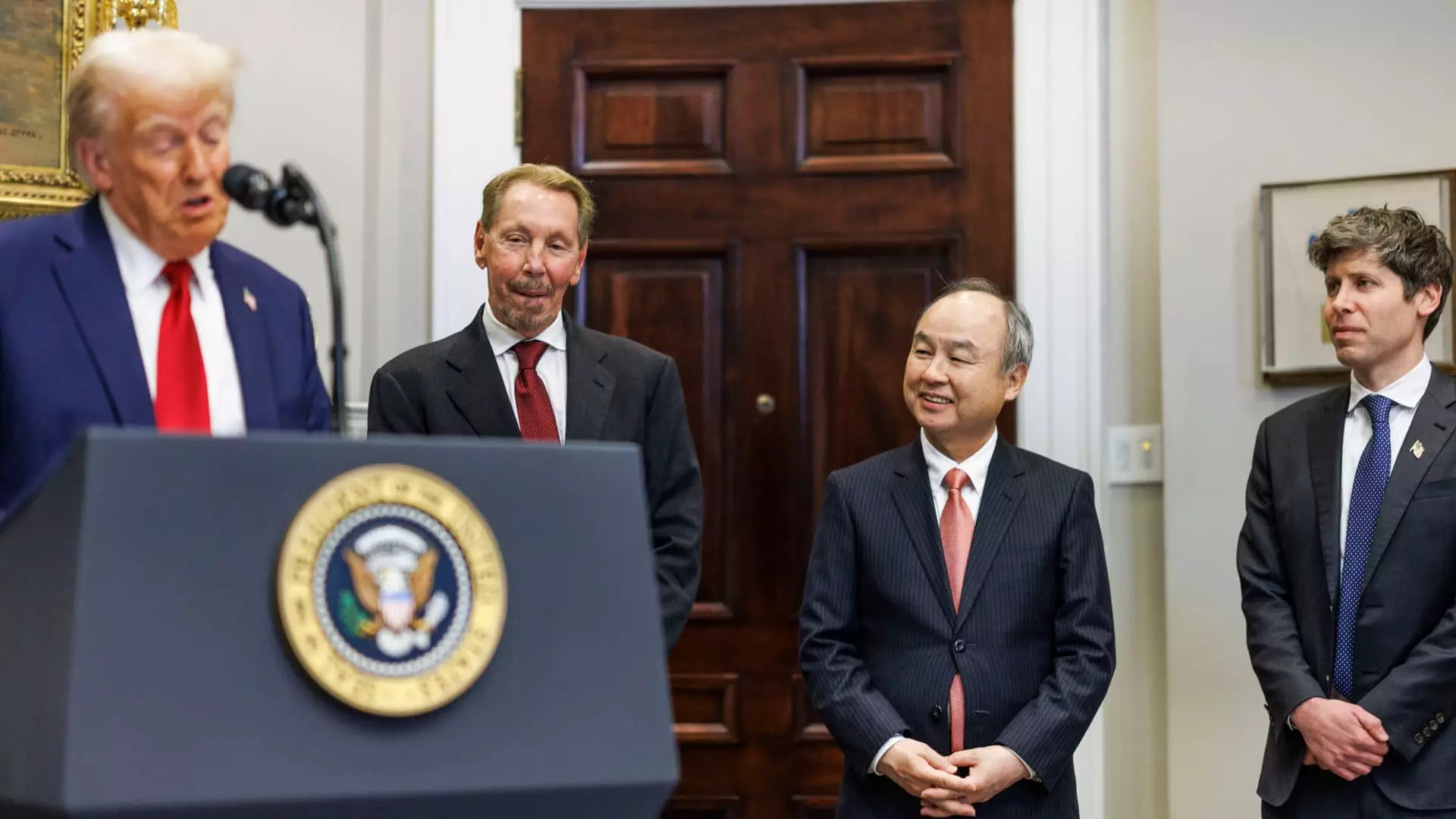The impervious bond between Microsoft and OpenAI has encountered a transformative shift that reflects broader trends in the artificial intelligence (AI) landscape. Once characterized as an exclusive cloud partnership, Microsoft is now grappling with the reality of losing its title as the singular provider of computational resources for OpenAI. This transition, revealed through a recent blog post from Microsoft, illustrates a dynamic partnership adapting to external pressures and opportunities in the rapidly evolving tech ecosystem.
Historically, Microsoft’s significant investment in OpenAI marked the inception of a strategic alliance that positioned Microsoft Azure at the center of OpenAI’s computational needs. However, as OpenAI’s ambitions shift and expand, the parameters of this relationship are evolving. The announcement disclosed that while Microsoft retains the “right of first refusal,” meaning they will be first in line to offer computing capacity before OpenAI approaches other providers, it signals a departure from the previously exclusive arrangement. The implications of this change are profound, marking a new era of competition and collaboration within the technology sector.
The context of this announcement is critical; it coincides with President Donald Trump’s unveiling of the Stargate Project, a multi-faceted collaboration that includes contributions from Oracle and SoftBank, aiming to invest substantial capital into American AI infrastructure. This initiative, which pledges initial investments starting at $100 billion and potentially reaching up to $500 billion over four years, further complicates the landscape for Microsoft and OpenAI. By establishing itself as a critical player in a new joint venture, OpenAI is diversifying its partnership ecosystem and, by extension, spreading its computational reliance across multiple platforms.
As Oracle and other tech giants join the fray, the fabric of the AI infrastructure is being re-woven. Larry Ellison, Oracle’s Chairman, highlighted that substantial progress is already underway, with data centers under construction in Texas and plans for expansion to additional locations. The scale of this initiative marks a pivotal moment for all involved parties, presenting a challenge to Microsoft’s Azure, which has previously enjoyed a preferential relationship with OpenAI.
In recent years, the partnership had prompted Microsoft to bolster its cloud capabilities by incorporating third-party services to accommodate OpenAI’s growing needs. The involvement of Oracle and other emerging players in the cloud market may increase competitive pressure on Microsoft’s Azure. As companies like Oracle position themselves as viable alternatives for AI infrastructure, OpenAI’s decision to diversify its resources appears to be strategic, aimed at mitigating risks associated with a dependency on a single cloud provider.
Despite the shifting dynamics, Microsoft and OpenAI reaffirmed their commitment to continued collaboration. OpenAI has expressed intentions to escalate its use of Azure, recently announcing a significant new commitment to Microsoft’s cloud services for product development and model training. Moreover, Microsoft retains rights to OpenAI’s intellectual property, which allows them to integrate AI capabilities into their products, such as the innovative Copilot.
Nonetheless, the acknowledgment of OpenAI as a competitor by Microsoft CEO Satya Nadella underscores a notable tension in their relationship. His comments reflect a keen awareness of the ambitious trajectory spearheaded by OpenAI’s CEO Sam Altman. This evolving dichotomy—being both collaborators and competitors—may be essential for both entities as they navigate the complexities of remaining at the forefront of AI innovation.
As the landscape of AI continues to evolve, the implications of Microsoft’s evolving partnership with OpenAI resonate beyond their collaboration. A multitude of tech companies are investing heavily in AI, with traditional players like Oracle, Amazon, and Google all vying for dominance in the cloud space. The competition for providing essential AI infrastructure raises pivotal questions about the future of partnerships in technology and the strategies companies will employ to maintain relevance.
The winding journey of Microsoft’s partnership with OpenAI, marked by mutual dependence and growing competition, highlights the intricate dynamics currently unfolding in the field of artificial intelligence. As both companies forge ahead, they must strategically navigate this landscape to innovate while also managing the delicate balance that comes with competitive rivalry. The future remains uncertain, but one thing is clear: the AI race is intensifying, and both Microsoft and OpenAI will need to adapt continuously to sustain their relevance in this ever-evolving arena.



Leave a Reply